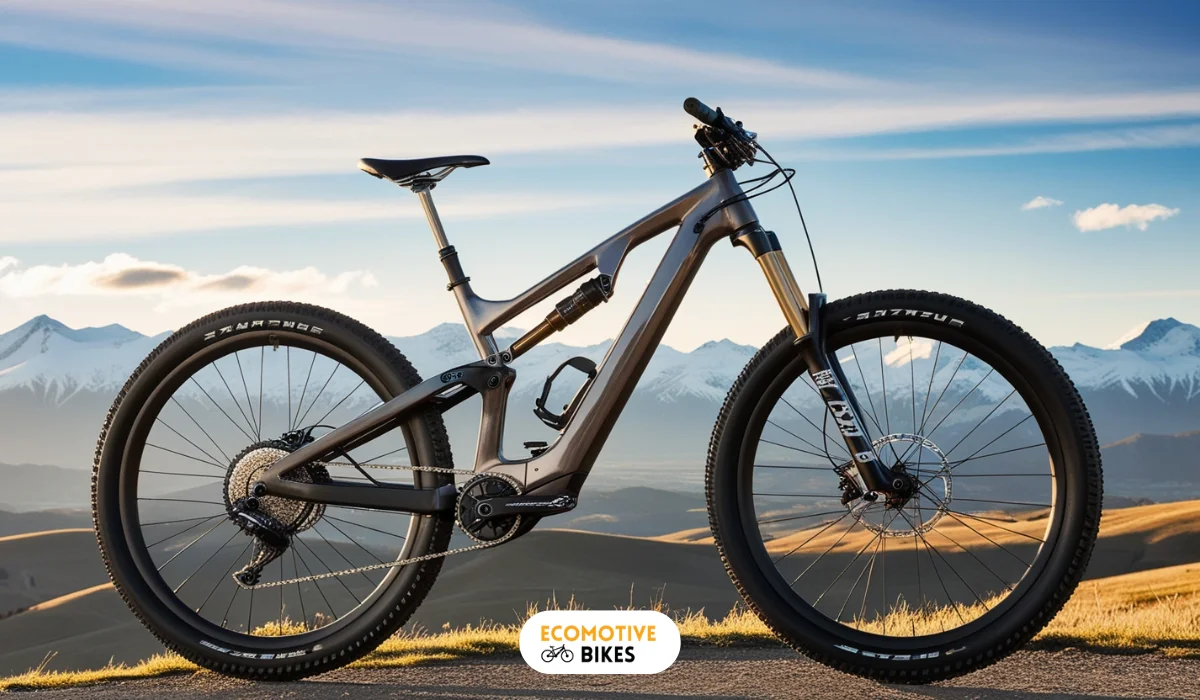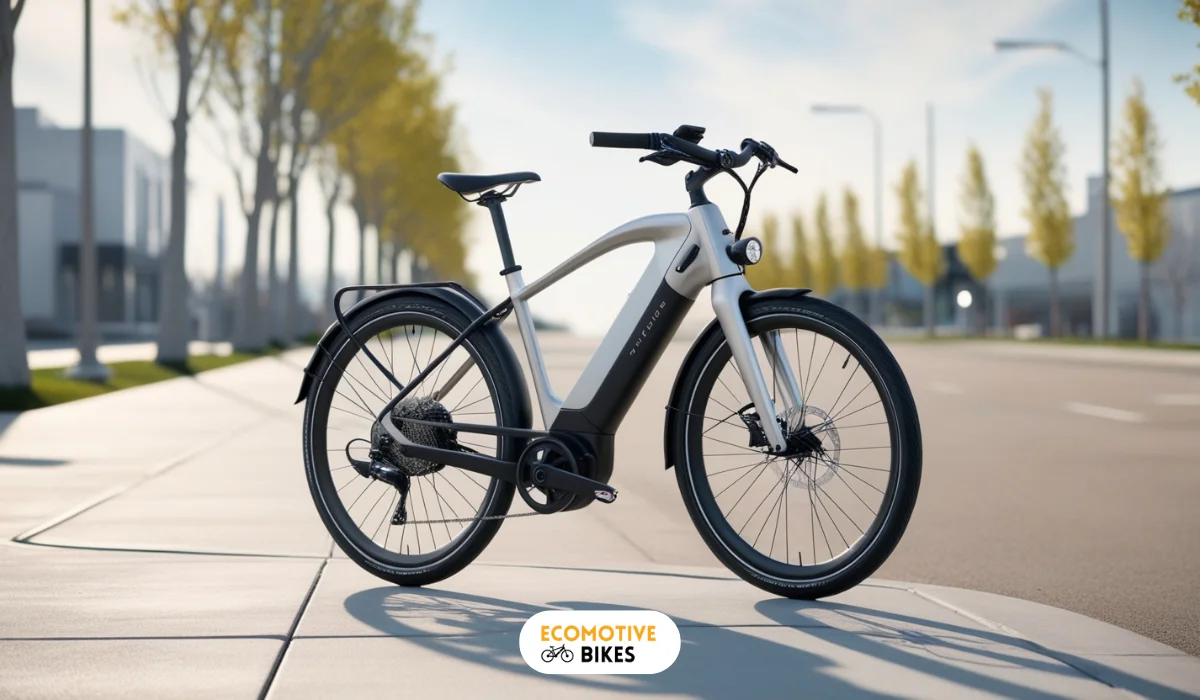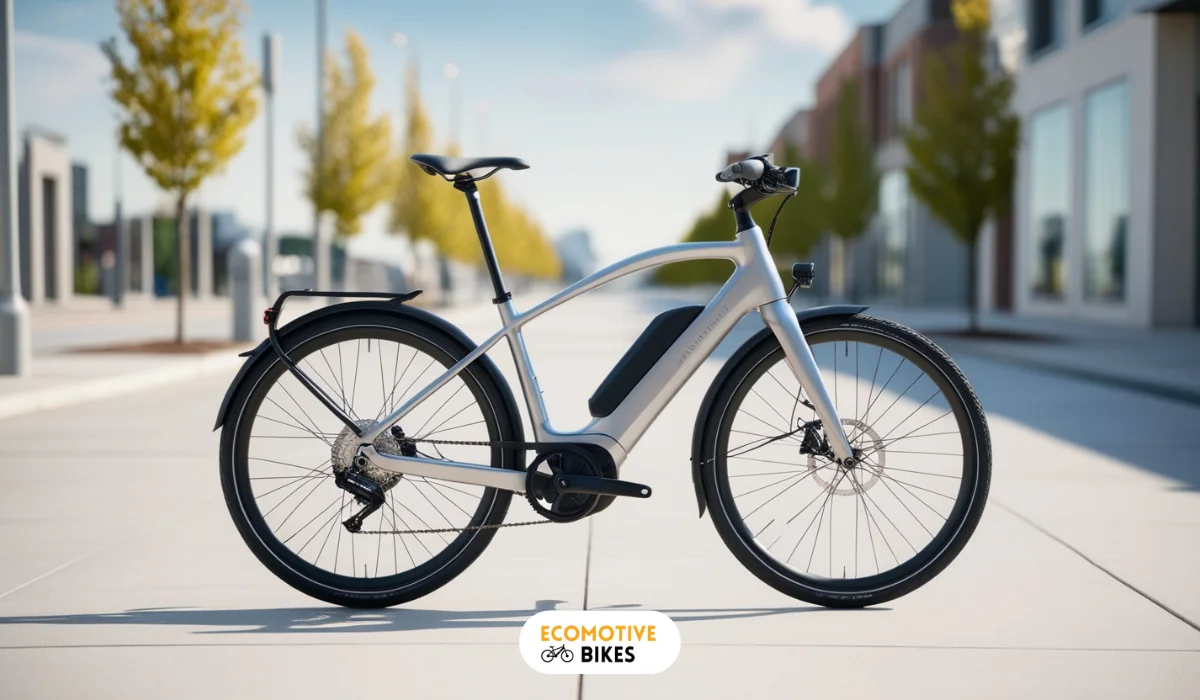How to Ride an Electric Bike Safely: Essential Tips
Learn how to ride an electric bike safely and confidently on all types of terrain. Safety tips for riding an electric bike, proper gear, and road awareness.
Table of Contents
Related Articles:
E-bikes are awesome, it’s fun, it is eco-friendly but let’s face it – a little carelessness poses a danger! Whether you’re a newbie or an old pro, there’s always something new to learn about staying safe on those two wheels.
So, as an e-bike expert, I present you this comprehensive guide that equips you with the knowledge and tips on how to ride an electric bike, safely, confidently and responsibly.
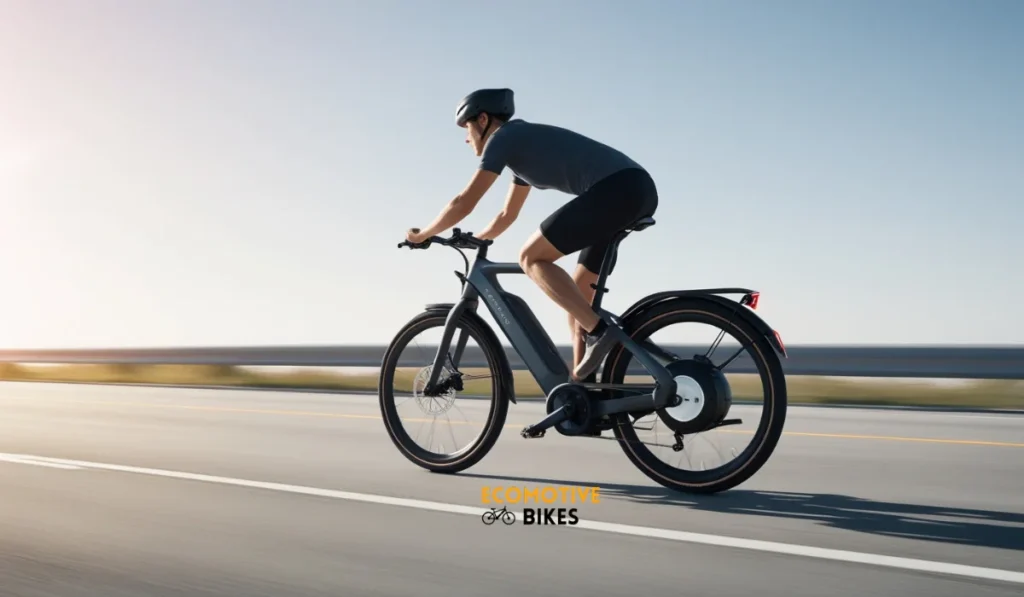
Basic e-bike knowledge for beginner
Get familiar with essential e-bike components
The powerhouse: Motor and battery
- Motor: Electric bikes typically feature either a hub motor or a mid-drive motor. Hub motors are located in the front or rear wheel, while mid-drive motors are positioned between the pedals.
- Battery: Measured in watt-hours (Wh), the battery capacity determines the bike’s range. A larger battery generally equates to a longer distance between charges.
The Control center: Display and controller
- Display: This unit provides vital ride information, including battery level, pedal assist mode, and speed. It’s your window into the bike’s performance.
- Controller: The controller regulates the motor’s power output, ensuring a smooth and controlled ride. It acts as the brain behind the bike’s electric system.
Essential safety features
Prioritizing safety is crucial when purchasing an electric bike. Here are key features to look for:
- Motor-interrupt brake levers: This is a safety technology that automatically cuts off the motor when you apply the brakes. This feature stops your bike and prevents accidents by turning the motor off even if you have pedal assist is still on and you’re pedaling, or holding the throttle down.
- Disc brakes: Electric bikes are heavier and faster than traditional bicycles, demanding superior braking power. Disc brakes provide the necessary stopping force for safe operation that traditional rim brakes do not provide.
- Class I, II, III sticker. Most e-bikes need to be labeled with a Class I, II, or III sticker that indicates adherence to legal standards for electric bikes, including speed and motor wattage. An unlabeled E-Bike is considered a red flag (what other corners are being cut?) A Class I, II, or III sticker indicates adherence to legal standards for electric bikes, including speed and motor wattage.
- Reflectors: Essential for visibility, especially in low-light conditions, reflectors are legally required and should be included with your e-bike.
Related: How does an electric bike work?
How to ride an electric bike properly?
A strong foundation is key to safe and enjoyable e-bike rides. Start by familiarizing yourself with your e-bike’s controls and weight distribution.
Practice makes perfect:
- Start and stop: Grasp your e-bike’s acceleration and braking by practicing starts and stops in a safe environment.
- Balance and feel: Get comfortable with your e-bike’s balance and handling. Experiment with different pedal-assist levels to find your preferred riding style.
- Gear shifting: If your e-bike has gears, master shifting for smooth rides and efficient power delivery.
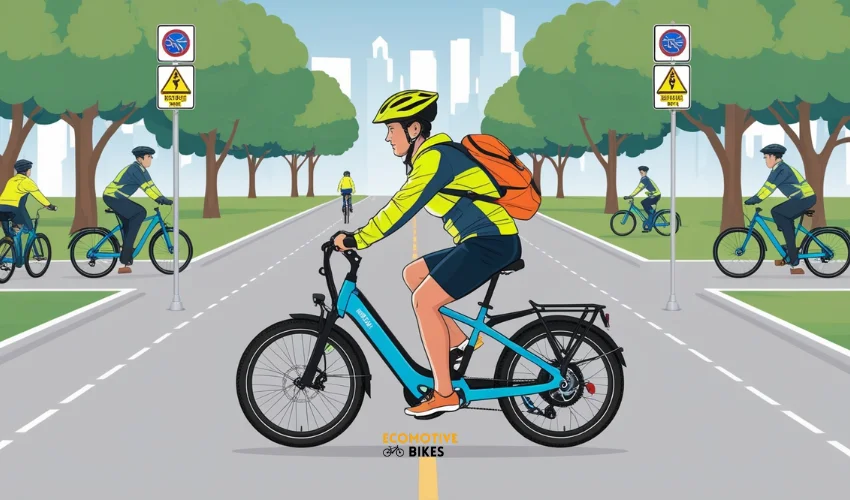
Start slow
Start practicing in a flat, open area at the lowest assistance level, and increase gradually as you gain confidence. Experiment with different pedal-assist levels. Electric bikes employ either torque-sensing or cadence-sensing systems to deliver power.
Torque-sensing systems provide a more intuitive riding experience, closely mimicking the feel of a traditional bicycle. It initiates riding with minimal pedal assist and incrementally adjusts power output as needed.
Cadence-sensing systems offer immediate power output upon pedaling, which can be more pronounced. So, exercise caution due to rapid acceleration. Begin with the lowest pedal assist setting to acclimate to the bike’s power delivery.
Shifting gears while stationary can be challenging due to the bike’s weight. If possible, practice shifting before turning on the motor. However, if necessary, use low-level electric assist to initiate movement.
Key safety tips
- Always be aware of your surroundings.
- Ensure you know the location of both brakes.
- Start with low-level assistance and gradually increase speed.
Understand your brakes
Electric bikes are heavier and often faster than traditional bicycles, making braking a critical safety factor. You must know your bike’s braking system for confident riding.
Brake types and setup
- Mechanical vs. Hydraulic disc brakes: Mechanical brakes rely on a cable to activate the calipers, while hydraulic brakes use fluid. Both offer stopping power, but hydraulic brakes often provide a superior feel and modulation.
- Brake lever adjustment: Ensure the brake levers engage the calipers before reaching the handlebar for optimal control. Adjust lever reach for comfort and braking force.
Identify brakes and practice
- Front and rear brakes: Correctly identify which brake lever controls the front wheel and which controls the rear. Effective braking often requires using both brakes simultaneously.
- Practice braking: Familiarize yourself with your bike’s braking power and stopping distance in a safe, controlled environment. Remember, electric bikes require more stopping distance due to increased weight and speed.
Maintenance and troubleshooting
- Brake pad wear: Regularly inspect brake pads for wear. Worn pads reduce braking efficiency and increase stopping distance.
- Rotor trueness: Check for warped rotors, as they can cause brake shudder and reduced braking performance.
- Brake noise: If you hear grinding or squealing noises, inspect the brake pads and rotors for damage. Proper alignment and adjustment can often resolve these issues.

Wear an approved helmet
Wearing a helmet is essential for every cyclist, regardless of age, bike type, or local laws. It’s the most effective way to protect yourself from head injuries in case of a fall.
Modern helmets are significantly lighter, more comfortable, and better ventilated than older models. For enhanced protection, consider a MIPS helmet, which incorporates technology designed to reduce rotational impact forces on the brain.
While no helmet can guarantee complete protection, research suggests that MIPS helmets may offer additional safeguards against concussions and traumatic brain injuries.
Obey traffic laws
Adhere to traffic regulations for safe electric bike operation. E-bikes are categorized into different classes with varying speed limits and road usage restrictions.
Know your local laws:
- E-bike classification: Familiarize yourself with your region’s e-bike classifications and corresponding rules.
- Designated bike lanes: Utilize designated bike lanes or paths whenever possible.
- Speed limits: Obey posted speed limits for electric bikes.
- Equipment requirements: Ensure your e-bike complies with local equipment regulations, such as lights, reflectors, and helmets.
Enhance visibility
Electric bikes can be faster than traditional bicycles, making visibility and rider control crucial for safety. Equip your e-bike with lights for improved visibility, especially in low-light conditions. A bell is essential for alerting pedestrians and other cyclists of your presence.
Ride solo or choose a tandem
Carrying a passenger on an e-bike designed for a single rider is extremely dangerous. The added weight significantly impacts handling, braking, and overall stability. Additionally, exceeding the bike’s weight limit can lead to catastrophic failures.
For safe and enjoyable two-up riding, opt for an e-bike specifically designed to carry passengers, such as a tandem or cargo bike. These bikes are engineered with the necessary safety features and load-bearing capacity.
Pre-ride safety check for your electric bike
Regular maintenance is crucial for ensuring your electric bike’s safety and performance. Here’s a simple pre-ride checklist to get you started:
- Tire pressure: Check tire pressure and inflate to the recommended level indicated on the sidewall. Tires naturally lose air over time, so regular checks are essential.
- Brakes: Squeeze each brake lever while gently rocking the bike forward and backward to verify brake engagement. The lever should engage before reaching the handlebar.
- Wheel security: Confirm that both wheels are securely fastened to the bike frame. Check axle nuts, quick-release levers, or thru-axles for tightness.
- Handlebar and stem: Ensure the handlebar and stem are securely attached to the bike frame by gently twisting the handlebar while holding the tire steady. There should be no movement.
- Overall condition: Perform a quick visual inspection for any loose parts, damaged components, or unusual noises.
Remember: This is a basic checklist. Always refer to your bike’s owner’s manual for specific maintenance recommendations. If you encounter any issues, consult a bike shop or experienced mechanic before riding.
Final Word: How to ride an electric bike safely?
With these tips, you’re well on your way to enjoying safe and fun rides. Remember, every ride is a chance to practice and improve your skills. Stay alert, wear your gear, and keep those pedals turning!
Do you need a license to ride an e-bike in the UK and US?
In the UK, no license is required to ride an e-bike, as long as it meets the legal requirements (maximum motor power of 250 watts and a speed limit of 15.5 mph). In the U.S., no license is required for most e-bikes (Class 1, 2, and 3), but regulations can vary by state, so it’s best to check local laws.

